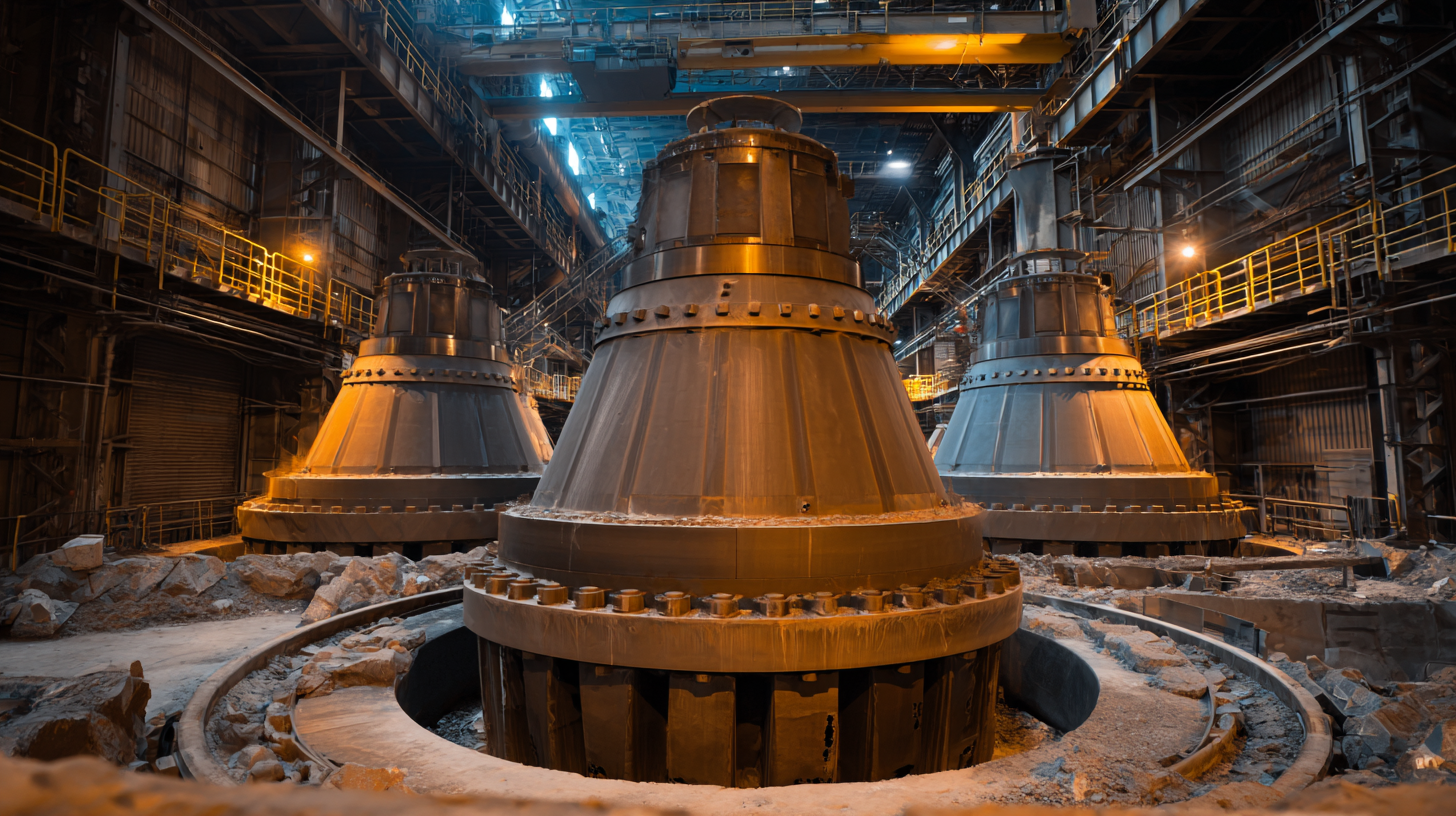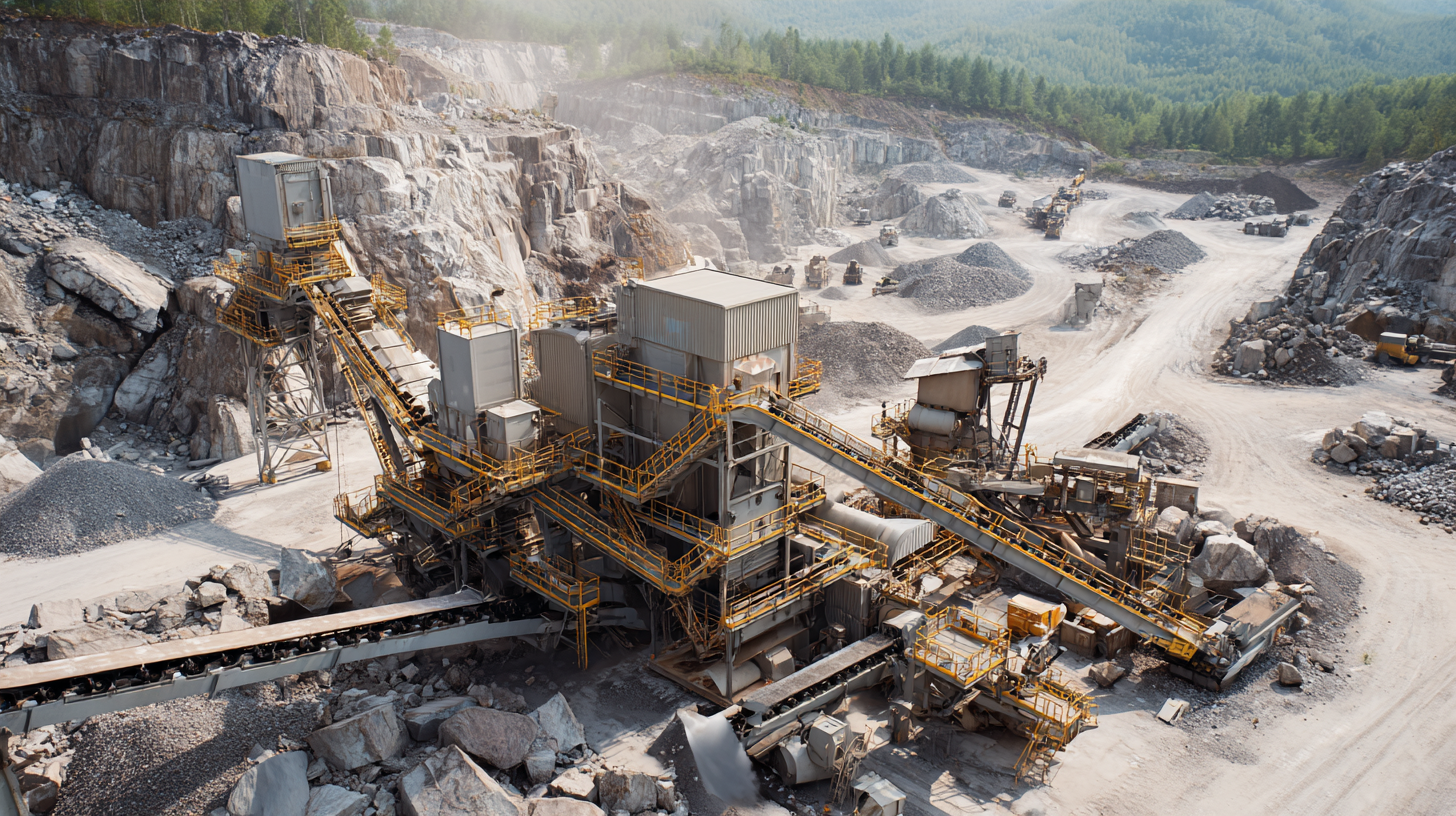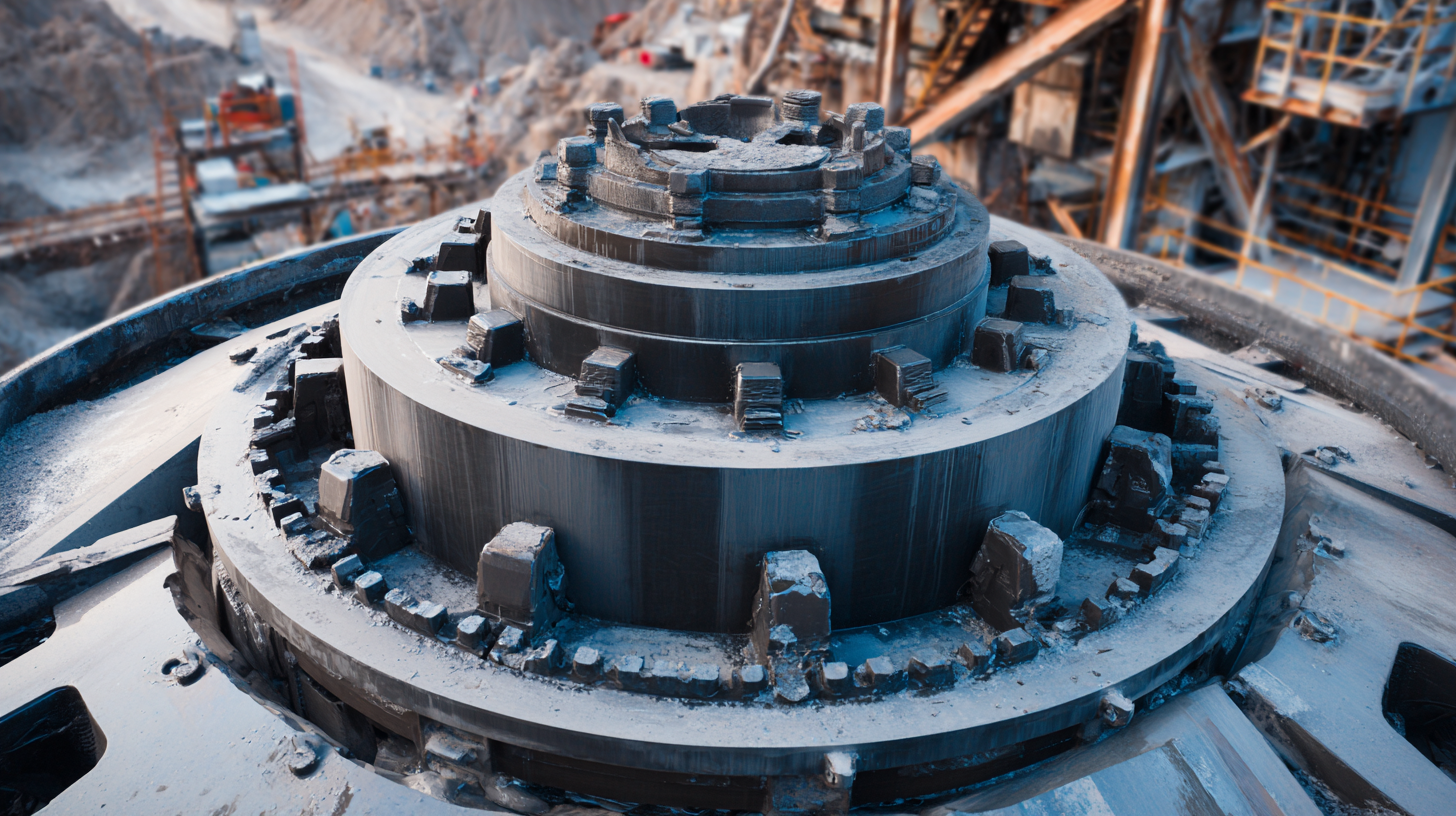
-
Home
-
About Us
-
Products
-
News
-
Blog
-
Contact Us
Leave Your Message

In the ever-evolving mining industry, the quest for operational efficiency remains paramount. According to a recent report by the International Council on Mining and Metals (ICMM), optimizing equipment performance can lead to a 15-20% increase in productivity. Among the critical components in ensuring maximum performance is the selection of high-quality Cone Crusher Liners, which play a pivotal role in the crushing process. Their durability and design significantly affect the overall efficiency and cost-effectiveness of mining operations. As we look toward the technological advancements expected by 2025, it becomes essential to explore the five key applications where Cone Crusher Liners excel and the seven fundamental reasons they have become indispensable for success in the field. Embracing these developments will not only enhance operational outputs but also set a benchmark for sustainable practices in mining.

In the mining industry, cone crusher liners are vital components that directly impact the efficiency and performance of operations. These liners serve as a protective layer for the crusher, ensuring optimal crushing performance while minimizing wear and tear. By understanding the different types of liners and their specific applications, mining companies can significantly enhance their operational efficiency.
One key tip for improving liner longevity is to regularly monitor the wear patterns. By doing so, operators can make timely adjustments and replacements that prevent unnecessary downtime. Additionally, selecting the right liner material based on the specific rock type being crushed can drastically influence the overall outcome. For instance, using a high manganese steel liner can increase resistance to impact and abrasion, making it a popular choice for heavy-duty applications.
Another crucial aspect is to ensure that the cone crusher is correctly set up according to the desired product size. Properly adjusting the settings not only maximizes throughput but also reduces the risk of damage to the liner itself. Regular maintenance checks and inspections can identify potential issues early on, allowing for a proactive approach to upkeep and ultimately leading to more efficient mining operations.
Cone crushers are pivotal in mining operations, offering a variety of applications that enhance overall performance. Their ability to crush and process large volumes of material efficiently plays a crucial role in optimizing productivity. Mines utilize cone crushers for secondary and tertiary crushing, where they break down ore into smaller, more manageable sizes. This is essential as it prepares the material for further processing and extraction, ensuring maximum recovery of valuable minerals.

Another key application of cone crushers in mining is their role in producing high-quality aggregate. The precise engineering of these machines allows operators to achieve a desired particle size and shape, which is vital for construction and infrastructure projects. Additionally, cone crushers serve in fine crushing applications, where they provide a uniform product that meets stringent industry standards. This versatility not only maximizes operational efficiency but also contributes to lower costs and improved sustainability in mining practices.
The efficiency of mining operations largely depends on the equipment utilized, particularly when it comes to cone crushers. Selecting the best cone crusher liners can significantly enhance operational success. A well-designed liner not only reduces wear and tear but also maximizes the productivity of the crushing process. Recent advancements in prediction models for liner wear, which consider material motion characteristics, offer crucial insights into how to optimize liner selection based on specific applications. This approach aids in extending the lifespan of liners, thereby minimizing operational downtime and maintenance costs.
Another critical aspect is the alignment of the cone crusher liners to the crushing applications at hand. Effective jaw liner selection is similarly paramount for achieving cost-efficiency and high product quality. Ensuring that the right liner is applied for the correct application can dramatically improve not just the efficiency of operations but also the overall quality of the end product. With the right liners, mining operations can experience less frequent replacements, greater output, and a smoother operational flow, thereby unlocking a new level of productivity in the mining sector.
In the mining industry, optimizing wear life through high-quality cone crusher liners has become critical for enhancing productivity. Recent advancements in liner technology have proven significant, as seen in projects that have successfully increased wear life by up to 36%. Such improvements not only minimize downtime but also maximize output, allowing operations to move towards greater efficiency. High wear resistance and durability are paramount in the harsh environments of mining, where equipment longevity can directly impact profitability.

The demand for innovative solutions is reflected in contracts awarded for the supply of advanced metallic liners, which are designed to withstand the unique challenges posed by specific ore properties. Transitioning to these optimized mill linings can lead to a transformed approach to mineral processing, fostering sustained growth in production levels. As mining operators increasingly adopt digital technologies to monitor equipment performance, the role of quality liners becomes even more prominent in achieving operational excellence and ensuring the reliability of essential equipment like crushers.
Selecting the right cone crusher liner for your specific mining needs is crucial for maximizing operational efficiency and reducing downtime. According to a report by the Mining Industry Association, optimizing liner selection can enhance crusher performance by up to 30%. This is largely due to the liner's ability to adapt to different material shapes and sizes, which directly impacts the quality of the final product. The variability in hardness and abrasiveness of mining materials necessitates a tailored approach to liner selection, ensuring that the right alloy and profile are chosen based on specific operational demands.
Furthermore, the advancements in materials science have introduced high-performance options such as manganese alloy liners, which have demonstrated improved wear resistance and extended service life. A study by the International Journal of Mining Science indicates that utilizing high-quality liners can lead to reduced maintenance costs by nearly 20% compared to standard options. This not only boosts productivity but also provides a competitive edge as mining operations increasingly seek to optimize their processes and improve profitability through innovative equipment solutions.